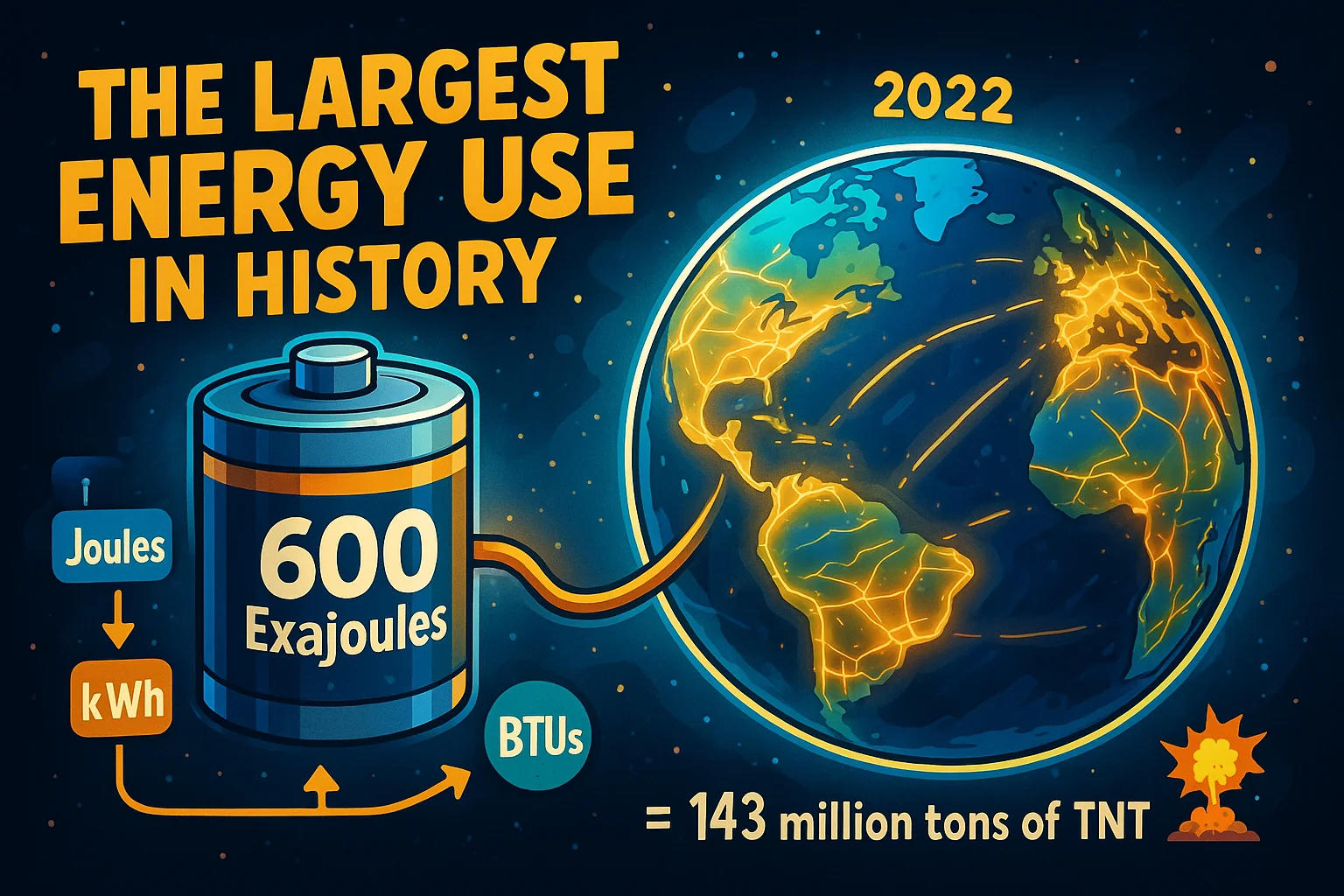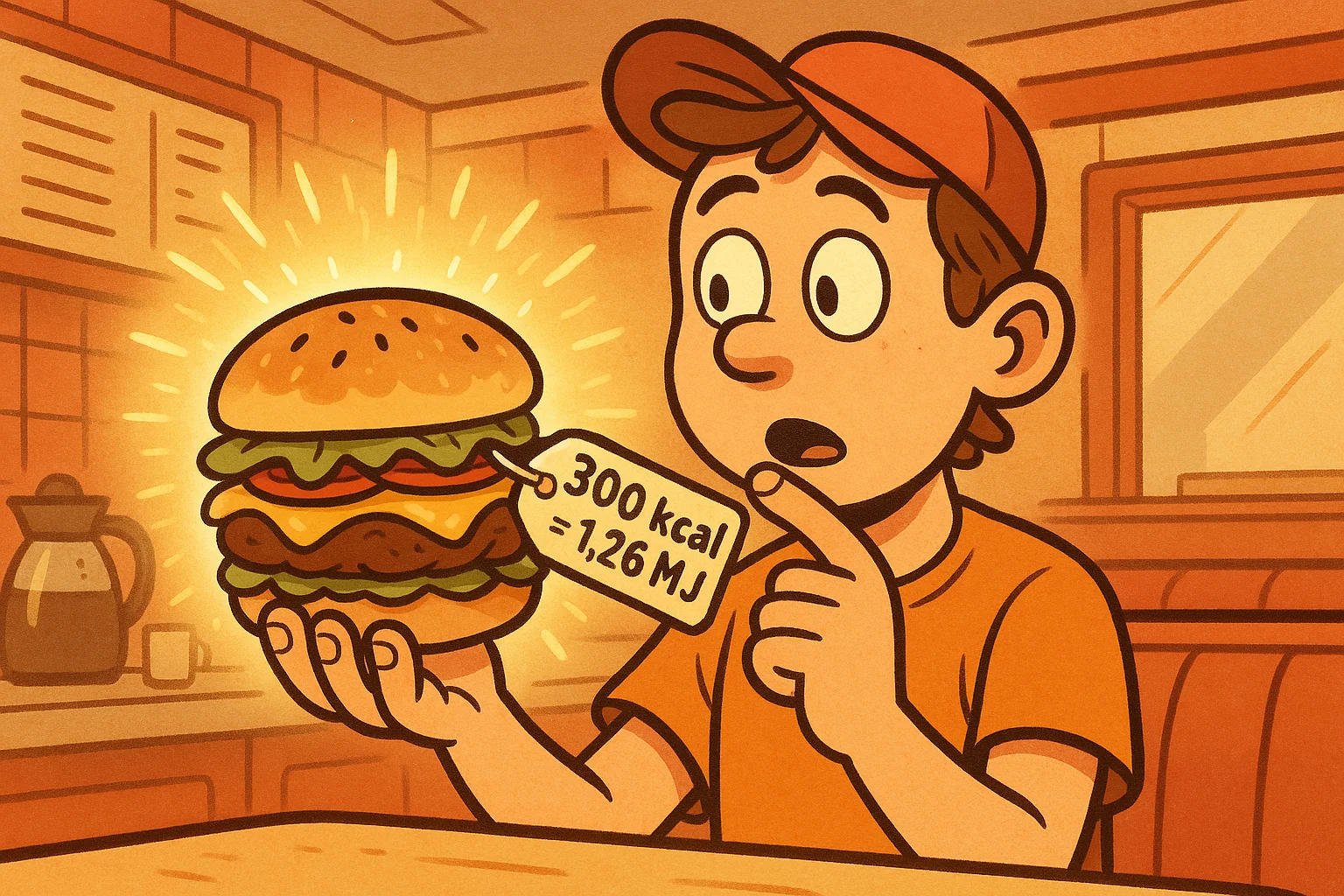Energy is the driving force behind everything in the universe, from natural processes to human-made systems. In physics, energy is defined as the ability to do work or produce change. It exists in many forms and can be transferred or converted from one type to another, making energy conversion a crucial aspect of science, engineering, and everyday life.
What is Energy?
In simple terms, energy is what powers motion, heat, electricity, and even biological functions. In daily life, we experience energy in many ways—when we turn on a light, cook food, or even when our bodies move. Scientifically, energy is measured in joules (J) and follows the law of conservation of energy, which states that energy cannot be created or destroyed, only transformed.
There are several forms of energy, each playing a vital role in different applications:
- Kinetic Energy: The energy of motion, found in moving objects like cars, wind, or flowing water. (Since kinetic energy depends on velocity and distance, our Length Converter can help with accurate unit conversions.)
- Potential Energy: Stored energy, such as a stretched rubber band or water held behind a dam.
- Thermal Energy: Heat energy, which results from molecular movement, such as in boiling water or the warmth of the sun.
- Electrical Energy: Energy carried by electric charges, powering devices, appliances, and industrial systems.
- Chemical Energy: Stored in substances like food, fuel, and batteries, released during chemical reactions.
- Nuclear Energy: The energy stored in atomic nuclei, used in nuclear power plants and the sun’s fusion process.
Energy Units and Conversion
Energy is measured in various units depending on the context, with joule (J) being the standard SI unit. Other commonly used units include calories (cal) for heat energy, kilowatt-hours (kWh) for electrical energy, and electron volts (eV) in atomic and quantum physics. In some cases, energy is also expressed in British Thermal Units (BTU), which is widely used in heating and cooling systems, or in foot-pounds (ft-lb) for mechanical work. (In many heating and fluid systems, energy depends on volume — check out our Volume Converter for precise conversions.)
Since different fields use various energy units, conversions are often necessary. For example, power companies bill electricity in kilowatt-hours, while food energy is labeled in calories. To ensure accuracy in scientific calculations and industry applications, conversion between these units is essential. The table below provides standard energy conversions between different units.
Example of How to Calculate Energy
Energy calculations depend on the type of energy being measured, such as kinetic, potential, electrical, or thermal energy. One of the most common energy equations in physics is the kinetic energy formula, given by:
where KE is kinetic energy in joules (J), m is mass in kilograms (kg), and v is velocity in meters per second (m/s). For example, if a 10 kg object is moving at a speed of 5 m/s, its kinetic energy is calculated as:
Another common calculation is for potential energy, determined by the formula:
PE = mgh
where PE is potential energy, m is mass, g is the acceleration due to gravity (9.81 m/s²), and h is height in meters. If a 20 kg object is lifted to a height of 3 meters, its potential energy is:
PE = 20 × 9.81 × 3 = 588.6 J
For electrical energy, the formula used is:
E = P × t
where E is energy in joules, P is power in watts (W), and t is time in seconds. If a 100 W lightbulb runs for 2 hours (7200 seconds), the energy consumed is:
E = 100 × 7200 = 720,000 J or 720 kJ
The Largest Energy Consumption in History
In 2022, the world consumed over 600 exajoules of energy — that’s 600 billion billion joules. To put it into perspective, it’s the equivalent of detonating more than 143 million tons of TNT. Massive numbers like these are why understanding energy conversion is critical. Whether discussing climate change, national power grids, or renewable energy, converting between joules, kilowatt-hours, or BTUs ensures that global energy use is measurable, comparable, and manageable.

How Much Energy is in a Cheeseburger?
Ever wondered how much energy you actually eat? A typical fast-food cheeseburger contains about 300 kilocalories, which is roughly 1.26 megajoules. That’s enough energy to keep a 100-watt light bulb glowing for about 3.5 hours. (This heat energy is closely tied to temperature — explore unit conversions with our Temperature Converter.) It’s a fun reminder that our bodies are energy machines too — and that converting food calories into mechanical or electrical equivalents is a clever way to see physics in everyday life. Energy conversion isn't just for engineers — it’s in your lunchbox too.

Check out Conversion section for automatic conversion fast and easy

